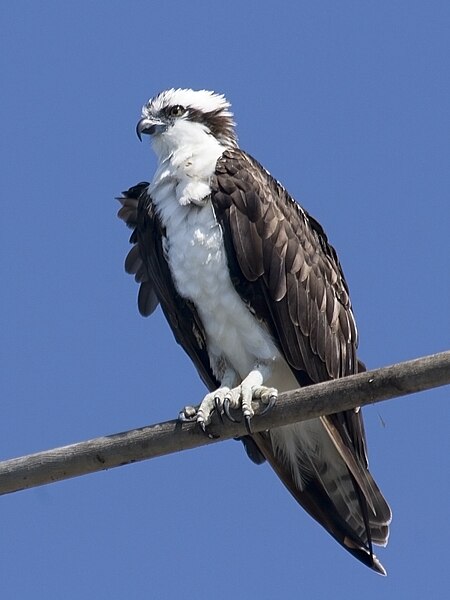Osprey Bird Details
North America: United States, Canada, Mexico.
Central America: Costa Rica, Panama.
Caribbean: Cuba, Dominican Republic, Puerto Rico.
South America: Brazil, Argentina, Chile, Ecuador, Peru.
Europe: United Kingdom, Ireland, France, Spain, Portugal, Norway, Sweden, Finland, Germany, Netherlands, Belgium, Denmark, Poland, Estonia, Latvia, Lithuania, Belarus, Ukraine, Russia.
Africa: Morocco, Algeria, Tunisia, Egypt, Senegal, Gambia, Nigeria, South Africa.
Asia: India, China, Japan, Korea, Taiwan, Philippines, Thailand, Malaysia, Indonesia, Australia.
Oceania: Australia, New Zealand, Papua New Guinea, Fiji, Solomon Islands.
- Ospreys build large stick nests, often placed on a high structure like a tree, utility pole, or man-made platform.
- Osprey nests are primarily composed of sticks and lined with softer materials like grass or seaweed.
Spring Migration: In North America and Europe, Ospreys return to their breeding grounds typically between March and May. During this migration, Ospreys cover long distances, often flying over land and sea to reach their nesting sites.
Autumn Migration: As autumn approaches and temperatures cool, Ospreys begin their southward migration from their breeding grounds. Migration timing varies but generally occurs from August through October.
Migration Routes: Ospreys follow established migration routes, often utilizing coastlines, islands, and thermals to aid in their long-distance flights. Some individuals undertake impressive non-stop flights over large bodies of water during migration.
Explore More Birds Of Same Genus
No birds of same genus found




